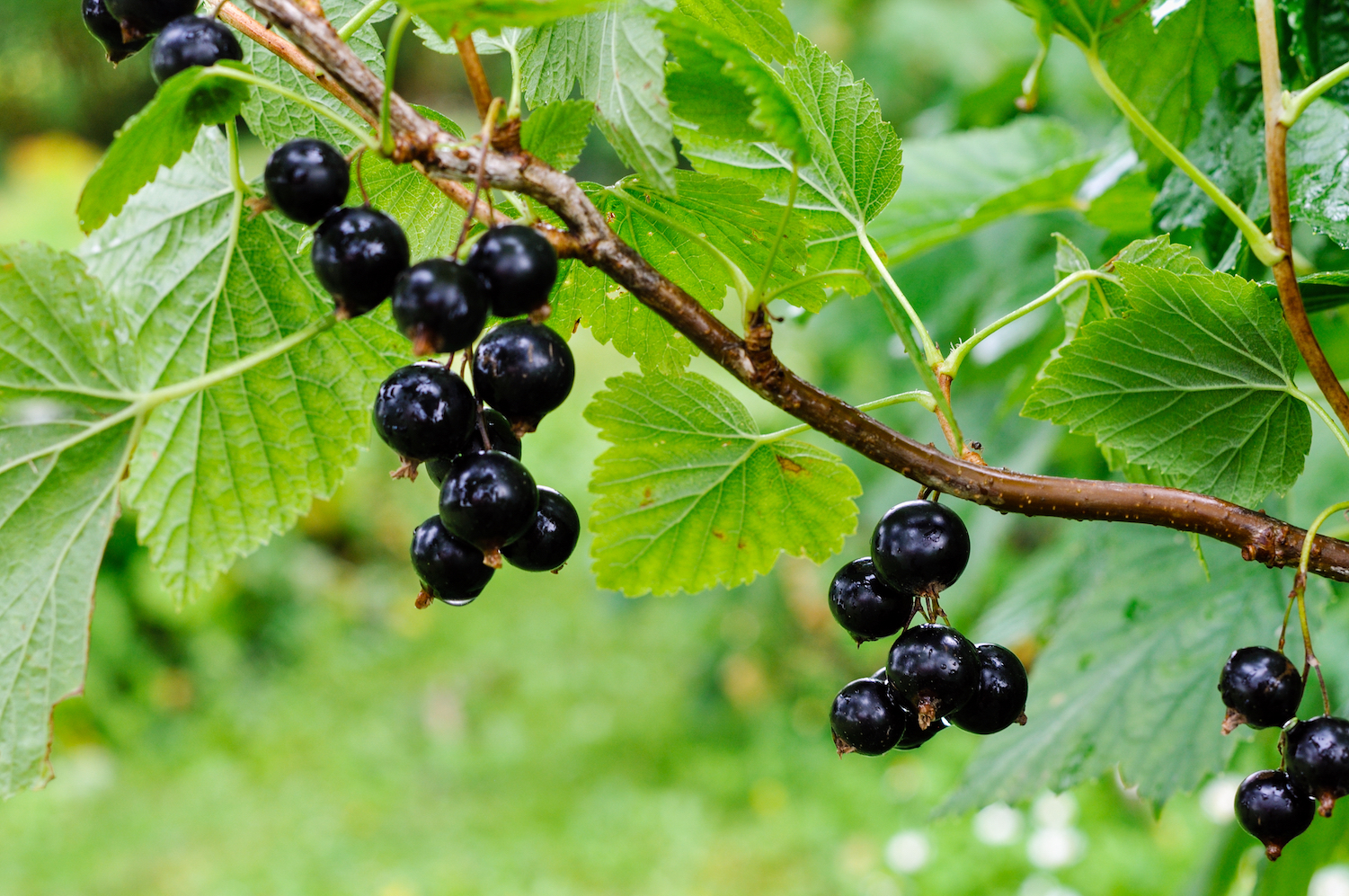
A new safe and sustainable hair dye developed from blackcurrants
A team of experts from the University of Leeds have used natural dye extracted from blackcurrant waste to develop an effective new technology for coloring hair.
“We’ve made it possible to have great hair color, and to get it from nature in the most sustainable way possible,” said study co-author Professor Chris Rayner.
More people are coloring their hair all the time, and the industry brings in around ten billion dollars every year.
However, some of the ingredients found in the most commonly-used hair dyes are derived from petrochemicals, which are known to trigger severe allergic reactions and have even been suspected to cause cancer.
The ingredients used in permanent hair dyes, particularly those used to achieve darker colors, are the main concern. For example, some hair dye that is considered “natural” includes henna and its counterpart lawsone, which the EU Scientific Committee on Consumer Safety has deemed toxic.
Another concern about hair dye is that up to 95 percent of it is believed to be washed down the drain, and the potential environmental impacts from this are not yet known.
Dr. Richard Blackburn is a color chemist who heads the Sustainable Materials Research Group in the School of Design. He teamed up with Professor Rayner, who is an organic chemist, to identify natural substitutes for the chemicals in hair dye.
“Because of issues and concerns around conventional dyes, we wanted to develop biodegradable alternatives that minimize potential risks to health and offer consumers a different option,” explained Dr. Blackburn.
The team combined expertise in extraction technology, hair science, coloration, and natural products chemistry to create a method of extracting anthocyanins from blackcurrant fruit waste.
“Anthocyanins are pigments that provide color to most berries, flowers, and many other fruits and vegetables,” said Dr. Blackburn. “They are non-toxic, water-soluble and responsible for pink, red, purple, violet, and blue and colors and are widely used as natural food colorants all over the world.”
“We knew they bound strongly with proteins – hair is a protein – so we thought if we could find an appropriate source of these natural colors, we might be able to dye hair.”
Around 90 percent of British blackcurrants are used in the production of Ribena. The berries are harvested in late summer and then pressed for juice.
“After being pressed, the skins remain as a waste product. They have very high concentrations of anthocyanins, and represent a sustainable supply of raw material because of how much blackcurrant cordial we drink.”
“The extraction technology is based on sustainable concepts – the color is extracted using a water-based process and special filters collect the anthocyanins that we want. We believe that if we are extracting natural and food-grade products, we should not use any toxic or hazardous chemicals to get them.”
Professor Rayner also explained that, in an upcoming paper, his team details all of the extract’s natural compounds.
“We wanted to identify all of the natural compounds present to improve our technology and to ensure safety, which cannot be said of most ‘natural’ cosmetic brands, where there is little understanding of what is in ‘natural extracts.’ Natural does not necessarily equal safe.”
The researchers have now patented their technology, and the sustainable hair dyes will soon be available on the market.
The research is published in the Journal of Agricultural and Food Chemistry.
—
By Chrissy Sexton, Earth.com Staff Writer













